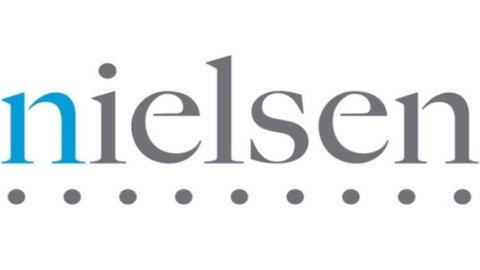“A trend reversal has set in motion. The first months of 2014 show the return to positivity for volumes of large-scale consumption" is the message that Romolo de Camillis, Retail director of Nielsen Italia, launched on the occasion of the conference "What future for sales promotion" organized by Nielsen and University of Parma and held today on the occasion of Cibus.
Considering the time horizon 2008 - first four months of the year, it emerges that after the negative signals recorded in 2012 and 2013, the trend of Grocery in value and the sales volume at constant prices have started to recover respectively by +0,8 % and +0,3%.
The signals of the trend reversal in Italy are confirmed by various indicators: the confidence index measured quarterly by Nielsen at a global level through Consumer Confidence saw a slight increase (+1%) in the Belpaese compared to the previous quarter.
Also in Italy there was an increase of +3,7% in the growth trend of cash & carry compared to hypermarket + super + free service. A further signal comes from the +3,8% trend of seasonal shops compared to non-seasonal ones. On the petrol consumption front, in February 2014 there was a +0,4% to be added to the +5,9% of new car registrations in the first three months of the year.
During his speech, de Camillis remarked how in recent years the distribution context has radically changed, in particular as regards the retail sector which has passed from a phase of development to maturity. A confirmation comes from the strategic decision to reduce the offer of surface area by Hypermarkets and Supermarkets; after years of constant growth in the average surface area – which went from 10.000 m2007 in 11.409 to 2014 in 2014 – the percentage recorded in the first three months of 0,5 is a drop of XNUMX%.
The traditional hypermarkets and supermarkets are increasingly being joined by discount stores (with growth in terms of turnover of +11,4% in the 2010/2013 period) and drug stores (+7,8% in the 2010/2013 period). Households declare a reduction in interest in the promotional activities advertised by the signs, but despite this there is an increase in the offer of promotional items. In fact, promotional pressure went from 10% in 2008 to 12,9% in 2013 (percentage also confirmed in the first four months of 2014).
The Italians are confirmed as a people interested in promotions; in fact – according to Nielsen ShopperTrends Italia 2013 data – the response of Italian families with respect to price growth sees in first place (55) – as declared intentions – the response “I only buy the essentials and cut out the superfluous”, closely followed precisely from the “active search for promotional products (53). The decision to buy less overall came in third place (33) and the indication to switch to cheaper brands came in fourth (22). Finally, the strategy of purchasing in quantity to obtain better prices (9).
Considering the trends related to the life cycle of promotions, the period 2000-2007 saw large-scale consumption grow even without the latter; in the following three-year period 2008-2011, on the contrary, large-scale consumption grew only through promotions. In the last two years of crisis – 2012/2013 – they have grown, unlike large-scale consumption. For Nielsen, the near future will confirm an active role for promotions that will once again help grow large-scale consumption.
Considering the data for March 2014, the household purchasing trends (compared to the previous year) indicate that, for hypermarkets, promo purchases account for 33,5% and promo sales for 34,7%. Turning to superstores, the percentages are 31% and 28,3% respectively. For free services, the differential widens: 28,9% promo purchases and 16,7% promo sales. For discounters, promotional purchases account for 16,4%, and promotional sales account for almost half (8,8%). The percentages for special drugs are significant: 33,1% promotional purchases, 23,8% promotional sales. Lastly, small food shops see 13,9% of promo purchases and 8,2% of small food shops.
“Once maturity has been reached, retail will lead further transformations of distribution marketing” - recalls de Camillis - “through the climate of greater trust that the country is experiencing, it will be possible to re-plan marketing decisions. In particular, the new promotions will increasingly have to be consistent with the strategic positioning of the company, allowing it to recover its role as an effective lever generating development for sales and market shares”, concludes de Camillis.





